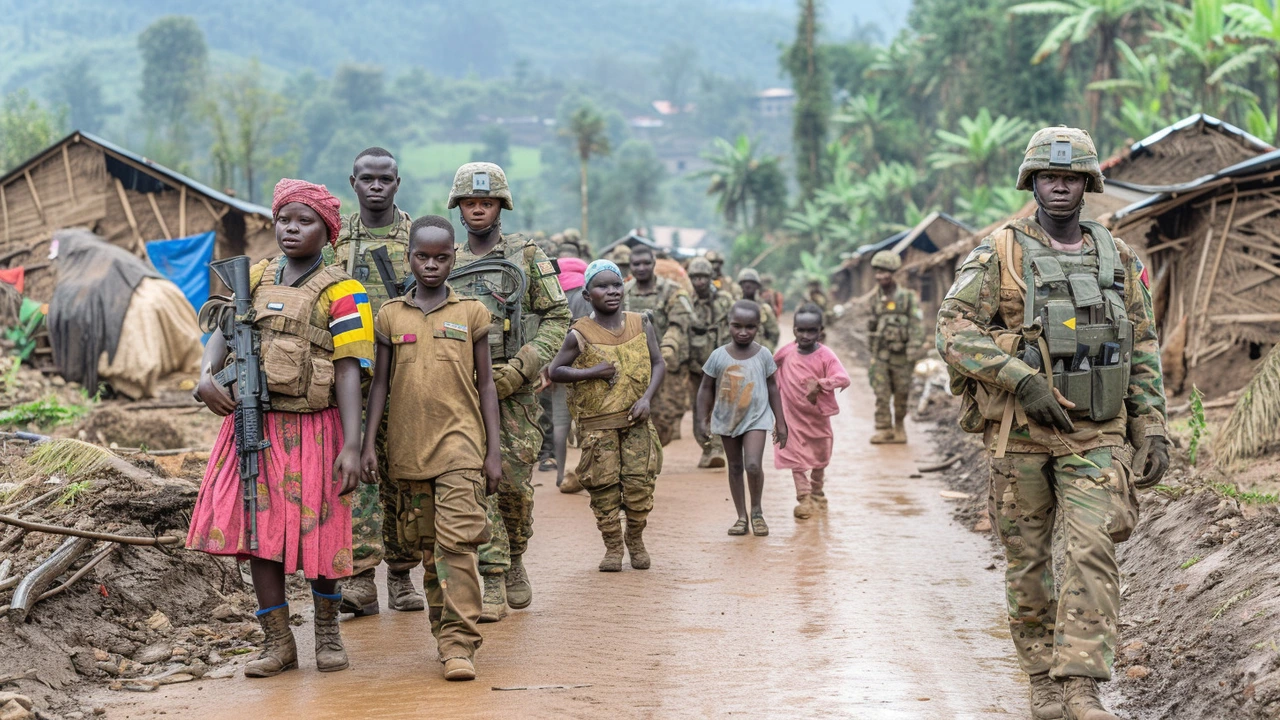What makes a truce hold after the headlines stop? Global conflict resolution isn't a slogan — it's a set of actions that mix negotiation, protection, and rebuilding. You’ll find stories here that show how peacekeeping teams, local leaders, and outside partners turn fragile ceasefires into everyday safety.
Peacekeeping often starts with a clear goal: protect civilians and create space for talks. That sounds simple, but it means boots on the ground, neutral monitors, and solid rules of engagement. The United Nations and regional forces coordinate patrols, secure key routes, and support local police so people can get food, medicine, and basic services again.
Mediation and negotiation help leaders reach deals, but they must include communities. Disarmament, demobilization, and reintegration (DDR) programs turn fighters into workers and neighbors. Community-driven development projects — fixing a school, repairing a market, restoring water systems — build trust faster than speeches.
Protection of civilians is central. Peacekeepers are trained to spot risks and act quickly. That may mean escorting aid convoys, setting up safe zones, or tracking early warning signs using local reports and simple tech like SMS alerts. Technology helps, but local knowledge decides how it’s used.
Human rights and justice matter. Missions that support fair courts, documentation of abuses, and victim support avoid repeating the same mistakes. Accountability does two things: it gives victims a voice and it discourages spoilers who want to derail peace for personal gain.
Outside support fails when locals feel it was imposed. Lasting peace grows when local leaders, civil society, women’s groups, and youth shape the solution. Training local mediators, involving community elders, and funding small business recovery are low-cost moves with big impact.
Policies from capitals influence missions. Thoughtful analysis — like profiles of policy experts and case studies — helps shape better decisions. You’ll find pieces here that connect academic insight with field reality so you get practical, honest takes on what works.
Want to get smarter about conflict resolution? Read mission reports, follow local voices, and compare different success stories. Look for clear signs a mission is working: fewer attacks on civilians, functioning markets, schools open, and local leaders meeting regularly with former fighters.
If you care about peace, there are simple ways to stay involved: sign up for updates, share reliable reports, and support organizations that center survivors and local actors. Peacekeeping News Hub collects on-the-ground stories, strategy explainers, and expert profiles so you can follow real progress, not just headlines.
Curious about specific missions or tools used in the field? Browse our articles on tactics, human stories, and policy analysis to see how theory meets action in real places and what you can learn from each effort.

Hey folks, here's a little sneak peek at what's brewing on my blog. I'm super excited to dive into the riveting journey of peacekeeping through the years, unpacking how these missions have shaped the way we handle global conflicts today. From the humble beginnings with just observers to the complex operations now, it's a story of evolution, adapting to the changing face of warfare and international relations. I'll be sharing eye-opening insights and little-known facts that will give us all a fresh perspective on the role of these missions in creating a safer world. So, stay tuned; it's going to be a captivating walk through history!
